The American restaurant industry is experiencing a curious paradox in the post-pandemic era. While delivery demand remains significantly higher than pre-2020 levels, the much-hyped "ghost kitchen" sector - those delivery-only culinary operations that promised to revolutionize food service - is undergoing a dramatic shakeout. From coast to coast, shared kitchen spaces sit half-empty, virtual brands disappear from apps overnight, and investors who poured billions into the sector now face sobering realities about unit economics and consumer behavior.
The ghost kitchen gold rush that peaked during COVID lockdowns has given way to a painful correction. Major players like Reef Technology, which raised over $1.5 billion to build parking-lot kitchens nationwide, have closed hundreds of locations. Nextbite, a virtual restaurant brand aggregator once valued at $300 million, laid off half its staff before being acquired at a fraction of its peak worth. Even Uber's former CEO Travis Kalanick's CloudKitchens - perhaps the most well-funded ghost kitchen operation - has shuttered multiple facilities amid reports of high turnover and operational challenges.
What went wrong with an industry that seemed perfectly positioned for the delivery-first future? The problems appear fundamental rather than cyclical. Many ghost kitchen operators underestimated the complexities of running multiple concepts from single locations while maintaining quality control. Virtual brands - those restaurant concepts existing only on delivery apps - often failed to build customer loyalty or differentiate meaningfully from competitors. The economics proved challenging too, with high commission fees (typically 15-30% per order) to third-party delivery platforms leaving thin margins for both kitchen operators and virtual brand creators.
Consumer behavior hasn't aligned with early predictions either. While delivery orders remain elevated, customers show surprising resistance to ordering from unknown virtual brands - especially when those brands share addresses with other concepts. Social media is filled with complaints from diners who received poorly executed meals from "restaurants" that turned out to be ghost kitchen operations. This authenticity gap has proven difficult to bridge, as customers increasingly value transparency about food sourcing and preparation.
The real estate calculus hasn't worked as planned either. Many ghost kitchen operators signed expensive leases for urban locations anticipating sustained high demand, only to find that delivery patterns are more dispersed than expected. Labor shortages in the restaurant industry have hit ghost kitchens particularly hard, as the work - preparing endless variations of similar dishes for different virtual brands - proves monotonous and low-margin. Unlike traditional restaurants that can adjust staffing based on dine-in traffic, ghost kitchens must maintain capacity for unpredictable delivery spikes.
Virtual brand oversaturation created its own downward spiral. At the peak, some ghost kitchen locations housed over a dozen different virtual concepts - everything from "artisanal" grilled cheese to "authentic" regional Asian cuisines - all coming from the same group of overworked cooks using largely the same ingredients. Delivery apps became cluttered with indistinguishable options, making customer acquisition increasingly expensive. Many virtual brands discovered they were essentially paying to cannibalize their own other concepts.
The financial realities have been brutal for late-stage entrants. While early ghost kitchen operators benefited from pandemic-era demand and relatively uncrowded markets, those who expanded aggressively in 2021-2022 often found themselves competing for the same delivery customers while facing rising food and labor costs. Unlike traditional restaurants that can build customer loyalty through ambiance and service, virtual brands live and die by algorithms - vulnerable to being buried in app search results by competitors willing to pay more for placement.
Some industry veterans argue the ghost kitchen model isn't fundamentally flawed, but rather that expectations became untethered from reality. "This was always going to be a margin business, not a hypergrowth category," notes a former executive at one failed virtual brand aggregator. "The problem came when investors started valuing these operations like tech companies rather than food businesses." Indeed, many ghost kitchen startups burned through cash on customer acquisition and expansion before proving their concepts could be sustainably profitable at unit level.
Not all ghost kitchen operators are struggling equally. Those focusing on specific niches - like healthy meal prep or certain ethnic cuisines underserved in particular markets - have found more stable footing. Some virtual brands created by established restaurant groups (like Applebee's or Chuck E. Cheese) have performed reasonably well by leveraging existing supply chains and brand recognition. The difference appears to be realistic expectations and complementary rather than disruptive business models.
The current shakeout may ultimately leave the industry healthier. Surviving operators are focusing on fewer, higher-quality virtual brands rather than chasing endless concept proliferation. Some are experimenting with hybrid models - maintaining a small physical presence while being delivery-focused. Others are investing in proprietary technology to better manage multi-brand operations and optimize kitchen workflows. The fantasy of "Uberizing" restaurant operations at scale has given way to more pragmatic approaches.
What emerges from the current contraction may be a ghost kitchen sector that looks very different from its initial hype cycle. Rather than replacing traditional restaurants, these operations may settle into specific niches where delivery-only models make particular sense: late-night food, certain ethnic cuisines in underserved areas, or specialized dietary offerings. The virtual brand bubble has certainly popped, but the underlying consumer demand for convenient, quality delivery food remains very real. The winners will likely be those who focus on sustainable operations rather than chasing growth at all costs.
The ghost kitchen story serves as another cautionary tale about what happens when Silicon Valley's "blitzscale" mentality meets the low-margin, operationally complex world of food service. As with meal kits, grocery delivery, and other "disrupted" food sectors before it, the realities of perishable inventory, inconsistent demand, and razor-thin margins have proven formidable barriers to tech-style hypergrowth. The restaurants and kitchen operators that survive the current reckoning will be those who respect these realities rather than trying to wish them away with apps and algorithms.

By James Moore/Apr 9, 2025
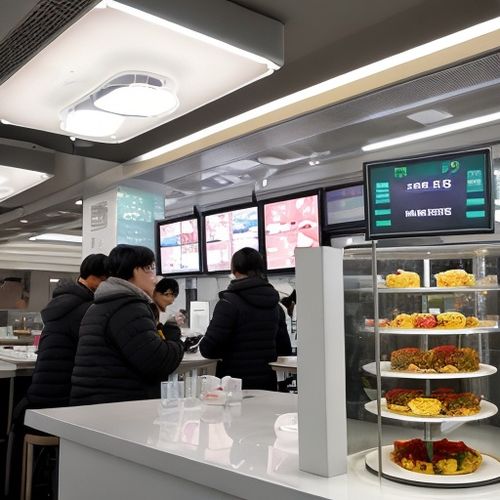
By Natalie Campbell/Apr 9, 2025

By Rebecca Stewart/Apr 9, 2025
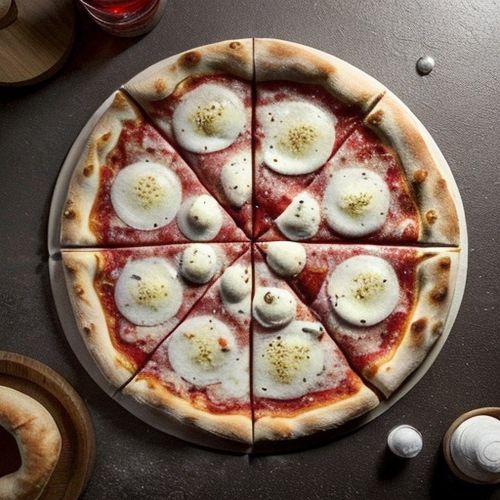
By Rebecca Stewart/Apr 9, 2025

By Olivia Reed/Apr 9, 2025

By Emma Thompson/Apr 9, 2025

By Noah Bell/Apr 9, 2025
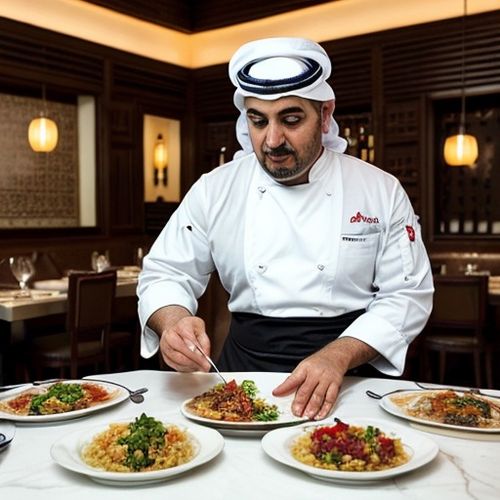
By Emma Thompson/Apr 9, 2025

By Amanda Phillips/Apr 9, 2025

By James Moore/Apr 9, 2025
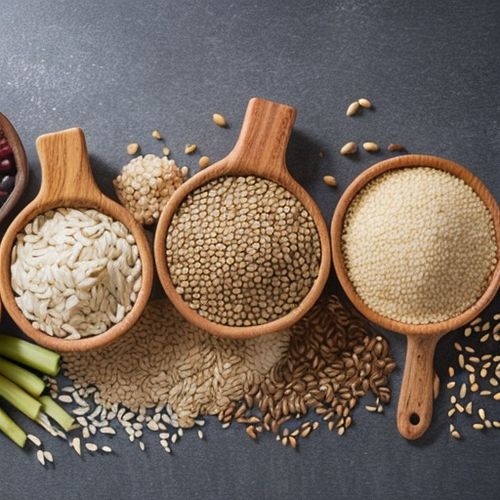
By William Miller/Apr 9, 2025

By John Smith/Apr 9, 2025
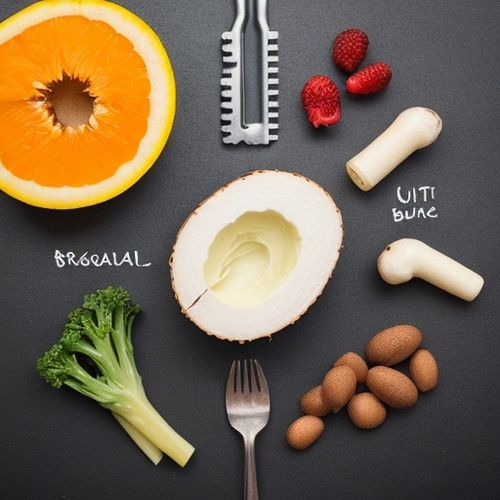
By Eric Ward/Apr 9, 2025

By Emma Thompson/Apr 9, 2025
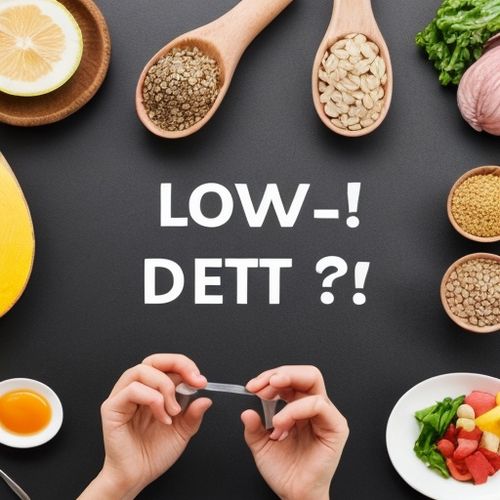
By Samuel Cooper/Apr 9, 2025

By Lily Simpson/Apr 9, 2025
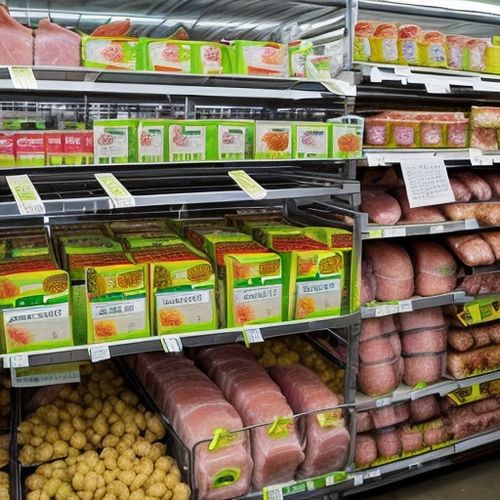
By David Anderson/Apr 9, 2025

By Megan Clark/Apr 9, 2025